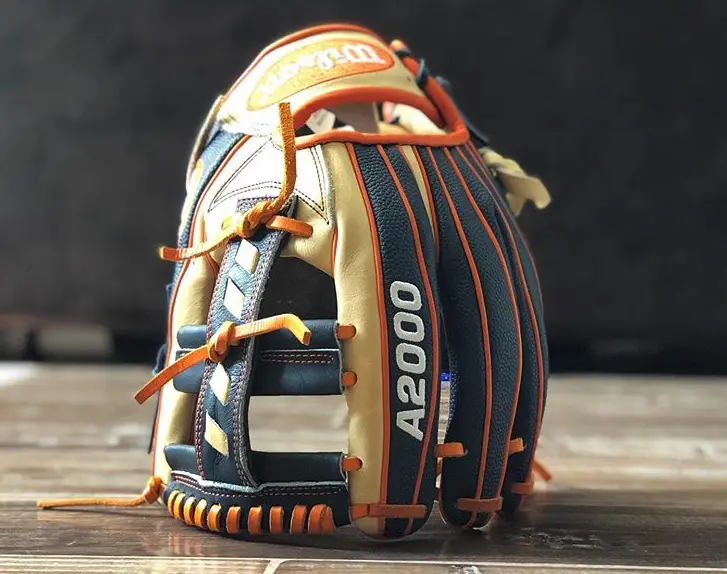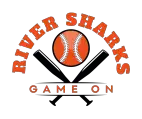
Many wonder what the best baseball glove for infield and outfield players are. Here is what you should consider when choosing a baseball glove
The truth is, there are plenty of things you’ll have to consider when choosing a glove, no matter if you’re an infielder or outfielder.
Your bat and your glove are your two most important pieces of equipment for performance, so make sure you get them right.
But it isn’t as simple as saying “oh, I’m an infielder, so I kneed this particular glove”. There are a few other things you’ll have to consider.
Along with the position you field, some other factors that you’ll have to keep in mind when purchasing a glove are your age, the design of the glove, and the overall quality.
Finding the best baseball glove for infield and outfield players?
Your age
Age is a major factor when selecting any baseball equipment. Is the glove going to be used by a little leaguer, a high-school player, or someone over 40 playing baseball socially?
The size and the quality of the glove are really important and the size will change according to the way in which the glove will be used.
For young players
For young people who are starting to play the game for the first time, there is abundance on the gloves on the market. These gloves come in all price ranges.
The problem with a lot of the cheaper gloves is that they tend to be made out of nylon or polyurethane fabric. That means the glove can be very stiff to use.
When a glove is made from nylon, it can be very difficult to catch a ball by using a glove that feels like you’re slapping the ball with a block of cement.
If your child takes their baseball seriously, consider to go a bit higher up in price scale and to buy a true leather glove. This way the child will actually learn how to catch with a leather glove and will enjoy fielding a lot more.
As the child gets older, you’ll certainly want a leather glove of decent quality. The glove should be easy to break-in and be rather durable. However, as you know, kids get bigger quickly so odds are they’ll grow out of gloves fast. I wouldn’t break the bank on a junior’s glove, seeing they’ll grow out of it soon anyway.
Older players
Once the baseball player is in high-school, college, and the minor players, then you should start looking at higher-quality gloves.
The high level of baseball being played requires suitable equipment to compete. Also, the old saying ‘pay cheap, pay twice’ is true in baseball. A durable baseball glove will easily take the rigours of multiple seasons, while a cheap alternative will be lucky to last one season. You can pick yourself up a glove of high quality for $150 below.
Your position
For a long time, there was not much difference in the gloves you’d be able to find. In fact, there was pretty much no choice of gloves at all. Now, that’s a bit of a different story.
As baseball became the most expensive sport in America, the equipment came a long way, and gloves are no different. Now, there are the gloves specialized for each position.
In general, smaller gloves are meant for the average infield player. Gloves that are slightly larger are great for the third baseman, and the largest gloves are ideal for outfields.
Knowing which position you play will dictate which type of gloves you should look at. However, if you’re more of an all-rounder, there are some general use gloves available if you play several positions.
Characteristics of design
Glove sizing
Size matters! A general rule-of-thumb when it comes to baseball gloves per position is the following.
- Second Base: 11.25″-11.5″
- Short Stop: 11.25″-11.75″
- Third Base: 11.75″-12.5″
- Pitcher: 11.5″-12″
- Outfield: 12″-12.75″
Design of Web
The webbing of the glove can also be a deciding factor depending on your position. Finding the best baseball glove for infield and outfield player will always factor webbing.
If you’re an infielder, you’ll have to make many quick plays. So many of these are based on reaction and being lightning quick. Anything that improves that time helps. If is suggested that an infielder uses a glove that has a more open webbing, so the fielder can see the ball in their glove at all times.
If you’re an outfield player, you’ll want a trapeze webbing, or another that makes the catching hand as large as possible.
On the other hand, if you’re a pitcher, you probably don’t want the batter to see the ball, so a glove with a closed webbing will be best.
Depth Of Pocket
It is important. For the average infielder, you’ll want the pocket to be a little deeper than an outfielder. This is because someone in the infield will want to quickly transfer the ball from the glove to the throwing hand as quickly as possible. If you’re on third base or the outfields, a deep pocket is not that effective. Still, the gloves designed for specific positions should already have a good pocket depth.
Quality
Try to buy a good quality glove, you’ll really notice the difference. There are some well-known makers of gloves like Rawlings, Wilson and Mizuno. Akadema also makes a very nice glove at a reasonable price.
Looking for more?
If you would like to read more, then we have hand picked some of our most popular pieces.
Equipment & Apparel:
Best Baseball Glove for 10 Year Old Boy
Best Baseball Glove for 11 Year Old Boy
Best Baseball Glove For 9 Year Olds
Best Baseball glove for small hands
Best Baseball Gloves for 6, 7 & 8 Year Olds
Best Baseball Gloves for Each Position
Best Oil for a Baseball Gloves
Best Outfield Gloves for Baseball




